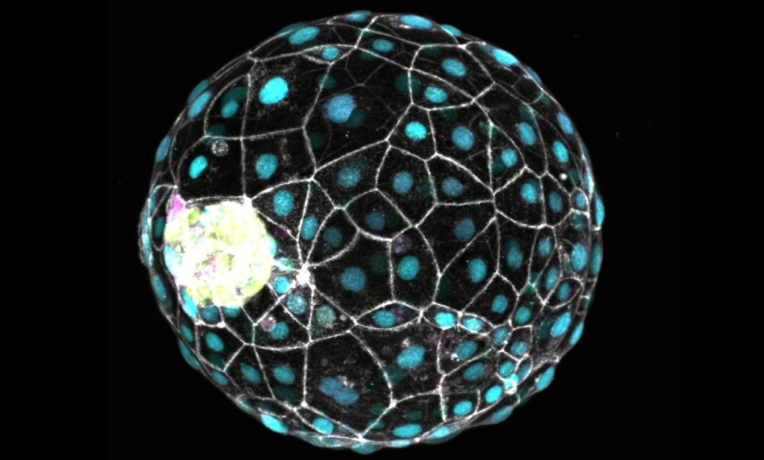
A new study reveals some surprising discoveries about healing processes that are potentially triggered by the process of necrosis, or premature cell death.

Biohybrid robots work by combining biological components like muscles, plant material, and even fungi with non-biological materials.

Encoding information in DNA has long seemed like a promising way to secure data for the long term, but so far it has required an expert touch.

The earliest cells likely didn't have membranes to separate and protect their components and chemistry away from a harsh surrounding environment. But they may have made do with rain.

Humans could also have a mechanism to temporarily slow down the development of an embryo.

Given the right conditions, certain types of cells are able to self-assemble into new lifeforms after the organism they were once part of has died.

University of Wyoming researchers have gained further insight into how tardigrades survive extreme conditions and shown that proteins from the microscopic creatures expressed in human cells can slow down molecular processes.

Recently scientists have discovered one plausible pathway for how protocells may have first formed and chemically progressed to allow for a diversity of functions.

Spanish Researchers have captured the world's first high-resolution images of the earliest moments of microtubule formation inside human cells.

This might represent a fundamental breakthrough in our quest to slow the inevitable march of time.

The latest study suggests the area in the human nose seems to carry on producing neurons in our adulthood, based on an analysis of human tissue taken from seven middle-aged human donors.

Dutch researchers have found recently announced that cells exposed to microplastics experience cell death three times faster than those that are not. With microplastic pollution everywhere, the findings are sobering.

A new structure in human cells has been discovered by Swedish researchers. The structure is a new type of protein complex that the cell uses to attach to its surroundings and proves to play a key part in cell division.

Japanese researchers have successfully created immature human eggs out of stem cells, bringing us a step closer to make babies from skin cells.

Swedish researchers have created a systematic and detailed map of the cell types of the mouse nervous system. The researchers will now use the same methods to map out the human brain on a detailed level.